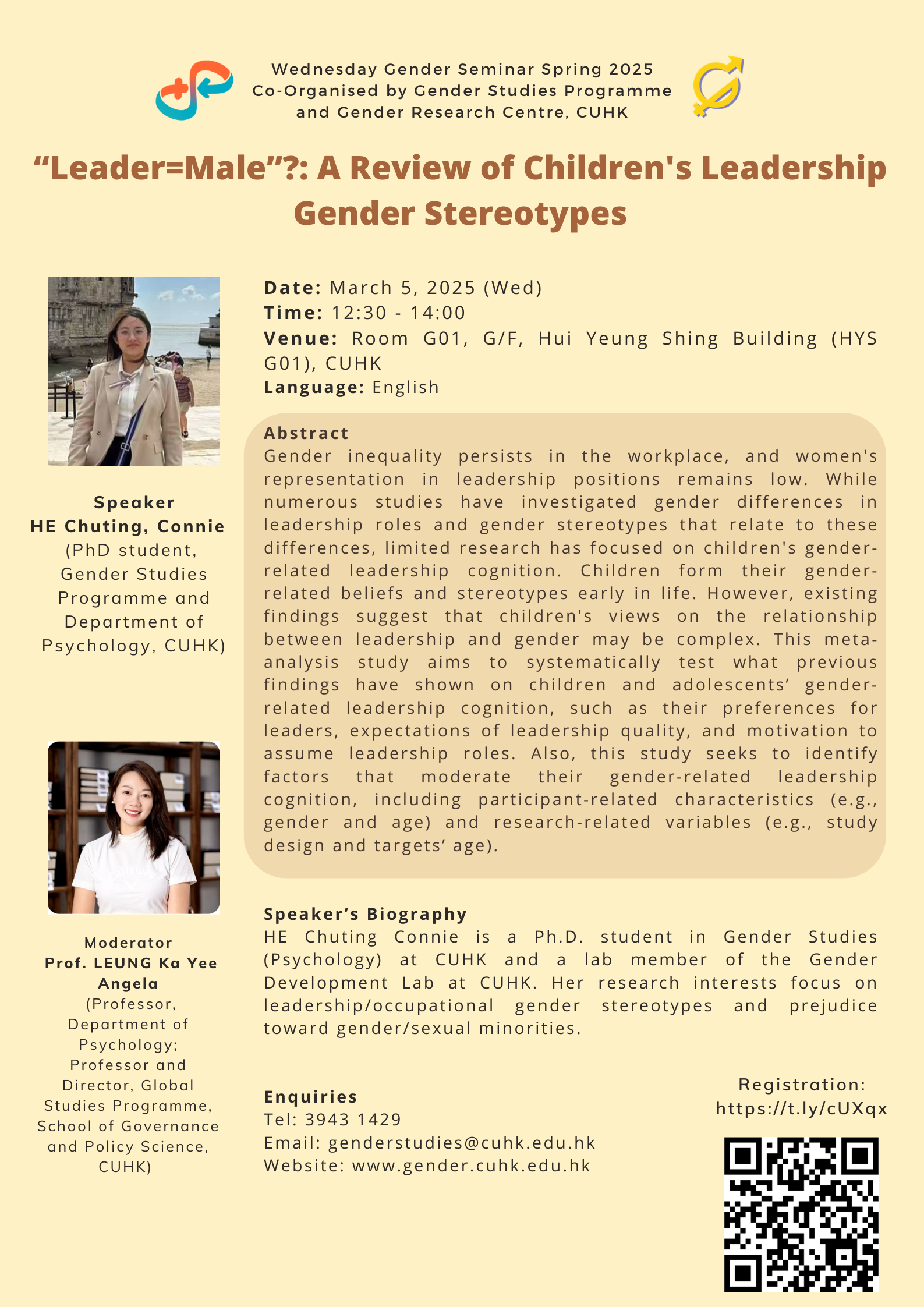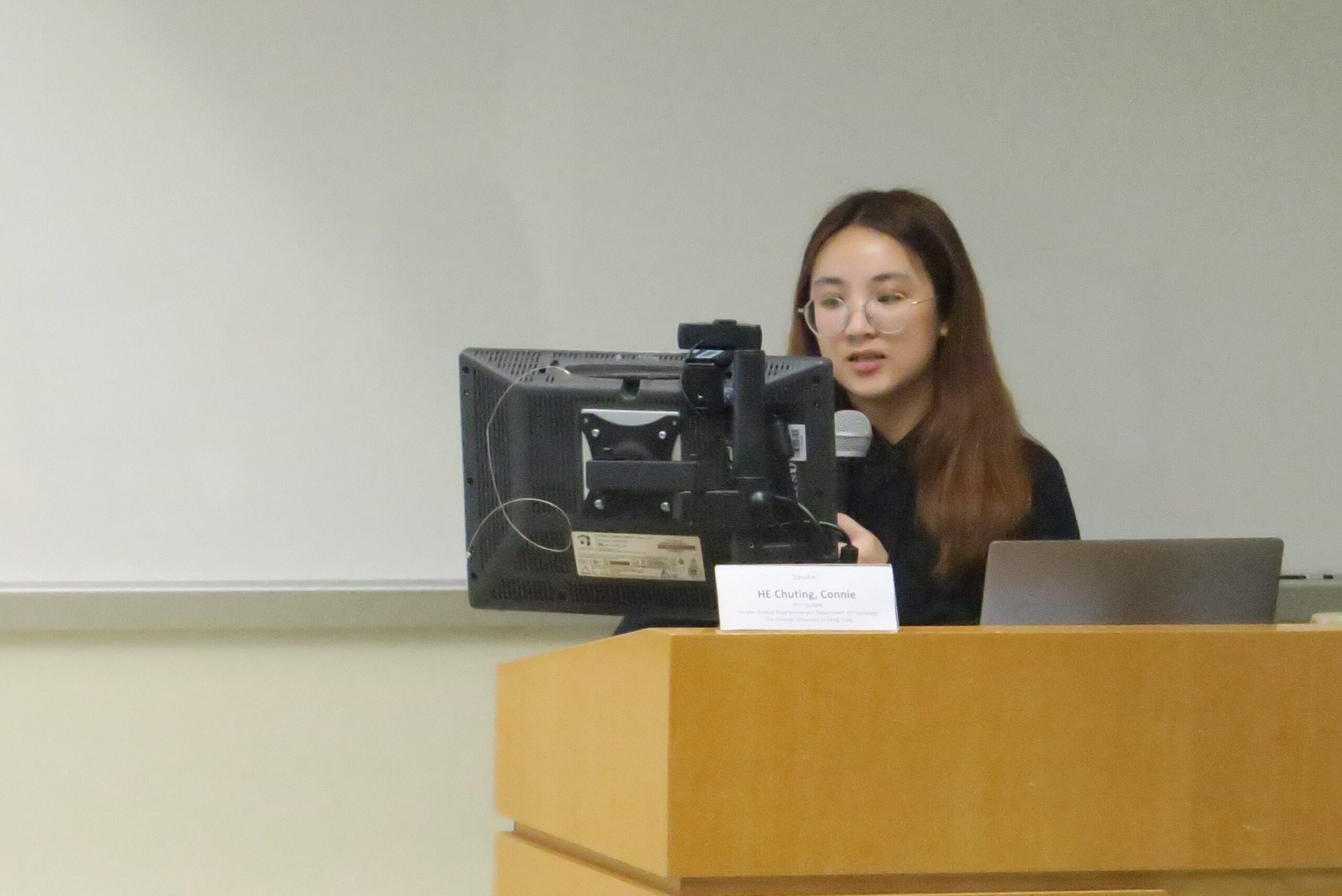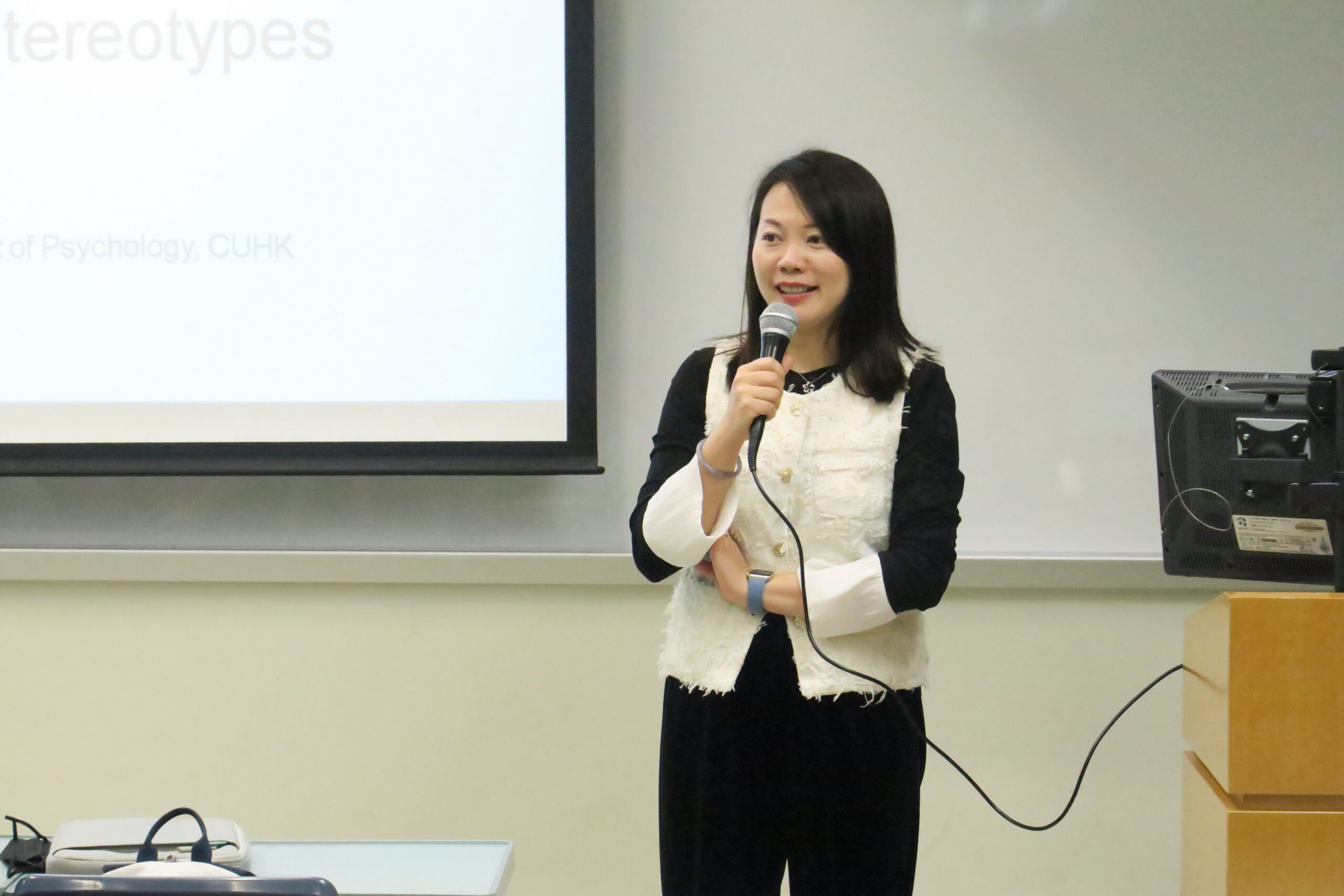At present, gender inequality in the workplace is still very common. But are the stereotypes that lead to this gender inequality instilled in children? Existing research shows that children’s views on leadership and gender are actually very complicated. Connie’s research analyzes the relationship between children and gender leadership cognition.
This study mainly retrieves and integrates existing research on children and leadership, and analyzes it through meta-analysis data methods. The study is mainly divided into four parts, starting from Choice of who should be the leader, Interest in the Leader Role, Leadership self-efficacy and Leadership self-efficacy, which includes research experiments on children’s ideas, such as asking boys and girls to nominate who should be the leader, or asking them to draw what their leaders look like by drawing, and statistically studying their gender ratio. Through this study, it was found that children and adolescents have obvious gender bias when choosing leaders. Specifically, boys are more likely to choose men as leaders, while girls are more likely to choose women or men. In addition, the study found that gender bias is also reflected in the leadership interest and self-efficacy of children and adolescents.
Besides, this study involves the relationship between the formation of gender bias and age. As age increases, the gender bias of boys and girls will change. The study found that girls gradually reduce their preference for their own gender as they grow up, and begin to choose men or women as leaders more often. In view of this, future research can also consider improving it at a specific age stage, such as subdividing the boys and girls of the research subjects into age groups and conducting research comparisons, and considering the particularity of children as research subjects, improving the research methods of the experiment.
In summary, this study reveals the gender bias of children and adolescents in choosing leaders and its changes with age. These findings provide important clues for understanding the formation mechanism of gender bias, and also provide inspiration for the generation and intervention strategies of gender bias.
Written by: LYU, Qinlei
Connie’s presentation focused on leadership and gender stereotypes among children and adolescents. She conducted a meta-analysis to examine how gender biases influence leadership perceptions from a young age.
She began by highlighting the prevalence of male leaders in adult society, with statistics showing that 80-90% of leadership roles are occupied by men. This gender disparity is also evident in China, reinforcing the perception that leadership is male-dominated. The speaker explored theories explaining this phenomenon, such as gender role theory, which suggests that women are expected to be caregivers, while men are seen as assertive and competitive leaders.
The study found that children start developing gendered leadership perceptions as early as 3-4 years old. By the age of 5, they associate leadership with high status and power, often linking these traits with men. The meta-analysis also examined factors influencing leadership self-efficacy, interest in leadership roles, and how children evaluate leaders. While some studies found no gender differences, others indicated boys were more likely to identify as leaders, while girls showed decreasing interest in leadership roles as they grew older.
Methodology played a key role in moderating findings. Tasks such as drawing exercises and peer nominations influenced whether gender biases appeared. For example, boys were more likely to nominate other boys as leaders, while girls’ choices varied depending on age and task design. Some results suggested that as girls grow older, they internalize societal stereotypes and are less likely to view themselves as leaders.
Connie highlighted the need for further research, particularly in non-Western contexts, to better understand the development of gendered leadership perceptions and identify effective interventions. She concluded by emphasizing the importance of studying leadership perceptions early to challenge gender stereotypes and encourage leadership aspirations among all children.
Written by: SUN, Siyu
At noon on March 5, 2025, Ms.HE Chuting from the Department of Psychology presented a study titled “A Review of children and adolescents’ leadership Gender Stereotypes” at Gender Studies Seminar. Prof. LEUNG Ka Yee from the Department of Psychology moderated the seminar and participated in the discussion.
Previous studies show that women significantly underrepresented in top leadership roles. Gender stereotypes contribute to this disparity, as leadership qualities are often linked to masculine traits like assertiveness and competitiveness. While substantial research has explored gender differences in leadership roles in adults, there is a gap in understanding how gender-related leadership cognitions develop in children and adolescents. Ms.HE’s study aims to fill this gap by conducting a meta-analysis of existing research on how children and adolescents perceive leadership roles, the qualities associated with leadership, and how their gender influences their leadership aspirations and self-efficacy.
Her meta-analysis study sought to answer several research questions (RQs). The first question investigates whether children and adolescents have a bias in their leadership-related cognition. The second research question examines whether the gender of children and adolescents influences their leadership-related cognition. The third question explores whether age predicts children’s and adolescents’ leadership-related cognition. Lastly, her study delves into whether there are moderators, such as research methods, that impact children’s and adolescents’ leadership-related cognition.
To explore these questions, her research utilized a meta-analysis approach, which is a systematic review of existing studies to quantify trends across a large body of research. The design of the meta-analysis focused on selecting studies that included outcomes related to children’s perceptions of leadership, such as leadership cognition and self-efficacy. Her data came from the web of science and was filtered by keywords. In total, 11 studies were included in the meta-analysis, with a total of 36 effect sizes derived from the included articles. These studies examined various leadership-related variables, such as choice of leader, interest in the leader role, leadership self-efficacy, and evaluation of leaders. The studies included children and adolescents from various cultural backgrounds, though the majority were conducted in Western countries. Data was collected from these studies to understand how children perceive leadership, whether there is a gender-based bias in these perceptions, and how factors like age and gender influence leadership cognitions.
The findings from the analysis reveal several insights. For the choice of leader, the overall effect size was small but positive (Hedges’ g = 0.18). High heterogeneity among the studies indicated that different research methods contributed significantly to the variation in results. The method of assessing leadership preference, such as drawing tasks, showed that boys predominantly drew male leaders, while girls had mixed preferences between male and female leaders. For interest in the leader role, the overall effect size was negative but very small (Hedges’ g = -0.01), indicating no significant gender-based differences in leadership aspirations. Subgroup analyses did not show a significant difference in effect size based on the research method used. Regarding leadership self-efficacy, the meta-analysis revealed a slight negative effect (Hedges’ g = -0.07), with no significant difference by age, sample size, or research method. However, publication bias was detected in this subgroup, and when adjusted, the effect size slightly changed (Hedges’ g = 0.02), suggesting that there may be some underreporting or a lack of published studies on gender differences in leadership self-efficacy. Finally, for the evaluation of leaders, the results showed no significant effect of gender on the evaluation of leaders (Hedges’ g = 0.17), indicating that children may evaluate leadership qualities independently of gender. However, the small effect sizes warrant cautious interpretation.
In conclusion, her meta-analysis study provides critical insights into children’s and adolescents’ leadership-related cognitions. The study reveals that while children may show a bias toward male leaders, these preferences are influenced by research methods and developmental stages. It underscores the importance of considering age and methodological differences in understanding how gender stereotypes are formed in early childhood and adolescence. However, her study is still a preliminary study, and will be updated with more data analysis in the future.
Written by: YE, Hanwen
本次seminar的主题聚焦于未成年人在领导力上的性别刻板印象。主讲人Connie从社会学、心理学等多个角度,结合实证数据与元分析方法,分析了儿童和青少年对领导力与性别之间关系的认知及对此的性别刻板印象。
首先主讲人展示了一些数据,清晰地说明了全球的女性都面临在领导岗位上缺失话语权的问题——女性在CEO、政府首脑和企业高管等关键位置上的占比远远低于男性。主讲人探讨了这些数据的背后原因——性别角色与领导特质的认知冲突(如竞争等代表“进取性”的特质看作是男性特质,而如友善等代表“公共性”的特质看作是女性特质)、适配缺失下被预设的偏见(女性挑大梁时会面临更多质疑)以及刻板印象的评价循环(女性领导的错误会被放大)。主讲人还使用“期望-价值模型”来阐明了男女在领导潜力认知上的差异——男性在自我领导能力上的自信程度普遍高于女性。这种在“领导自我效能感”上体现的差异影响了个体对成功的期望和对领导价值的判断,从而作用于与成功相关的选择。
根据过往研究,主讲人指出“儿童在生命早期就开始形成与性别相关的信念和刻板印象”,总结了儿童领导认知相关研究的主要发现:例如,在小组选举中,儿童表现出明显的同性别偏好,但随着年龄增长,女孩更倾向选择男性领导者。但主讲人认为,以往此领域的研究相对匮乏且结果混杂,尤其缺乏系统性的元分析研究。所以她希望能够通过元分析梳理儿童和青少年在如领导人选选择、领导品质期望、领导自我效能感等领导力相关认知上的偏见,并探讨性别、年龄及其他调节变量对这些认知的影响。
通过对11项研究(36个效应量)的元分析,主讲人发现:领导人选选择存在微弱性别倾向、领导兴趣无显著性别差异、领导评价潜伏负向趋势等结果。其database还有待继续完善。
Written by: LUO, Xiran
在本次讲座中,来自香港中文大学性别研究项目及心理学系的博士研究生Connie围绕“领导=男性”?:儿童领导力性别刻板印象这一话题,分享了她的研究成果和观点。
Connie指出,尽管已有大量研究探讨了领导角色中的性别差异及相关性别刻板印象,但针对儿童与青少年性别相关领导力认知的研究却仍显不足。讲座聚焦于儿童与青少年对领导力的相关认知、性别差异以及年龄等因素的影响,细致探讨了儿童与青少年在对领导者的选择、期望和自我效能等方面的性别刻板印象。
Connie主要采用了元回归、亚组分析、敏感性分析等方法。首先,研究发现儿童和青少年在选择领导者时大多没有显著的性别差异,但部分研究显示男孩更倾向于选择同性别领导者,且研究方法的选择对结果有一定影响。然后,研究分析了儿童和青少年对领导角色的兴趣,尽管个别研究指出女孩比男孩更倾向于担任领导角色,但大多数情况下性别差异并不显著。最后,研究探讨了对领导者的评价和自我效能感,结果显示整体上性别差异不显著,但个别研究发现女孩在某些方面表现更为积极。综合来看,研究揭示了儿童和青少年在领导力相关议题上的性别差异特点,尽管大多数研究未发现显著差异,但在某些特定情境下仍存在细微的性别差异。
综上所述,本次讲座不仅强调了儿童和青少年领导力性别刻板印象研究的重要性,这些发现还为未来进一步探索儿童与青少年领导力性别刻板印象的形成机制和干预措施提供了重要的理论依据和实践指导,同时也为相关领域的研究者和教育工作者提供了有效的建议和参考。
Written by: LI, Yimeng









A
A
A
Contact Us